ARTICLE AD BOX
Climbing the steps at the entrance to the Museo Ferrari Maranello on Via Alfredo Dino Ferrari, mere metres from the racing team’s HQ and the brand’s historic factory entrance, the first quote from founding father Enzo Ferrari reminds us of a time from yesteryear. A period of Scuderia superiority which, for all the pre-season pageantry, shows no signs of a reincarnation.
“Think and act like a winner then, very probably, you’ll reach your goal,” said Ferrari’s so-called Il Commendatore, underneath an opening section of the tour titled “Discovering the Ferrari myth”. Such echoes of a symbolic, successful history linger throughout this idiosyncratic spot in the northern Italian region of Emilia-Romagna.
Long before his death in 1988, Enzo had enriched an entire company and ethos driven by three principles: passion, innovation and excellence. Yet for the modern-day Formula One team, ahead of their home race 50 miles down the road in Imola this weekend, the glory years of Ascari, Lauda and Schumacher are dwindling further into the nostalgic abyss.
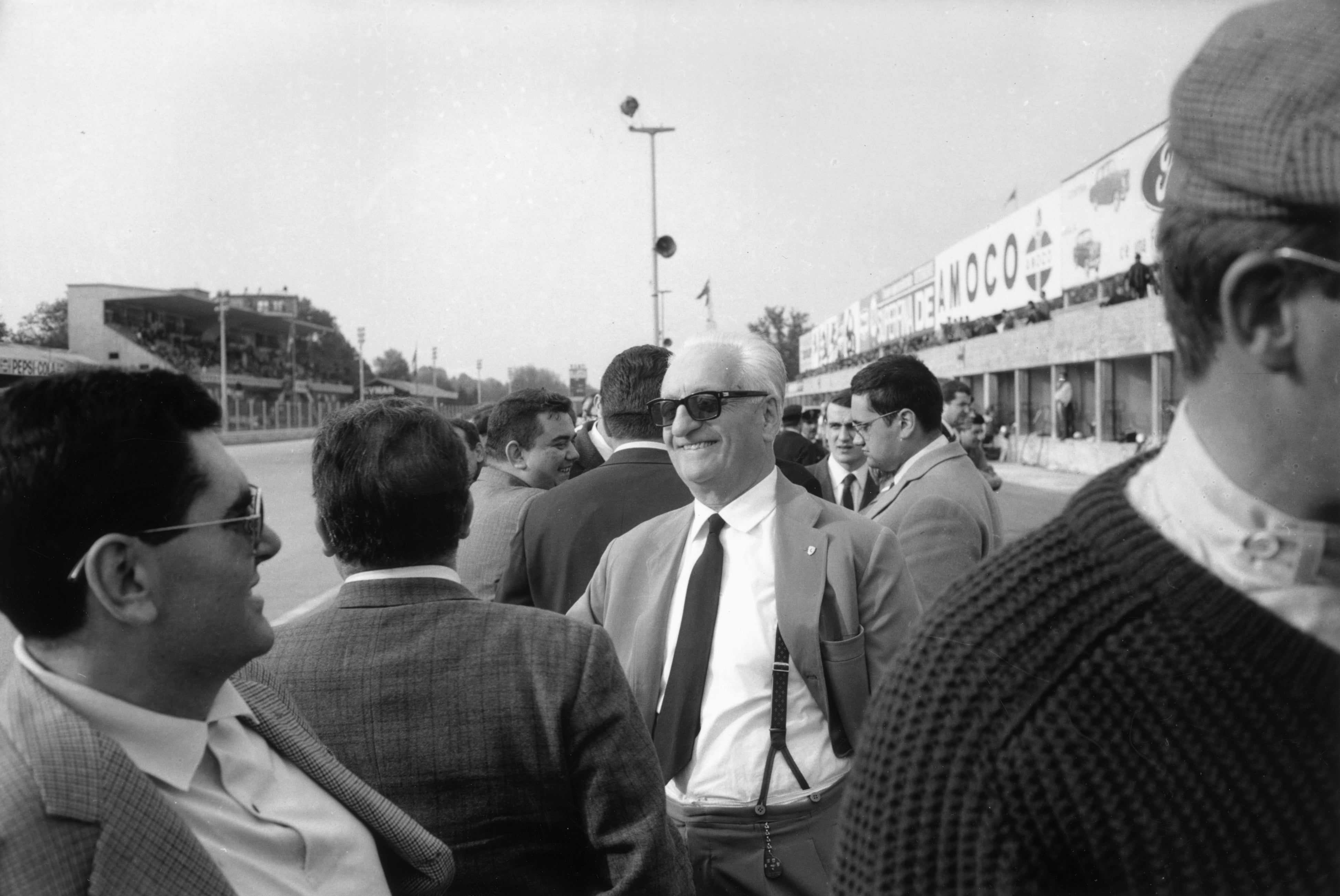
Because for all the hype, both this year with Lewis Hamilton’s grand arrival and last year with Charles Leclerc’s sweet-tasting victories in Monaco and Monza, Ferrari’s championship dry streak is now unprecedented. It is 18 years and counting since Kimi Raikkonen’s last-gasp title triumph in 2007. The prancing horse has competed in every F1 season, dating back to 1950. Never have they endured a run so barren.
And a day in the quaint Italian town of Maranello, population of just under 20,000, is a day to be mystified by motorsport’s most fabled marque, with success stories at every turn casting a long shadow on Ferrari’s current predicament. Delve deeper into the museum, recollections of Scuderia Ferrari’s proud history – the team celebrate their 100th anniversary in 2029 – are plastered across the walls.
Yet notably, with Michael Schumacher’s fifth and final Ferrari title arriving in 2004, there is very little to add for the last two decades. A stunning painting of the German just outside, alongside his 2004 title-winning car, shows the level of adoration the seven-time world champion receives, both in his heyday and now in his sad absence from public life.
In fact, the most notable recent addition to the racing section of the exhibition is Ferrari’s victory at the 100th edition of the 24 Hours of Le Mans two years ago, stamping their authority on endurance racing immediately after a 50-year absence.
Is there, perhaps, something the F1 outfit can learn from their hypercar colleagues?
.jpeg)
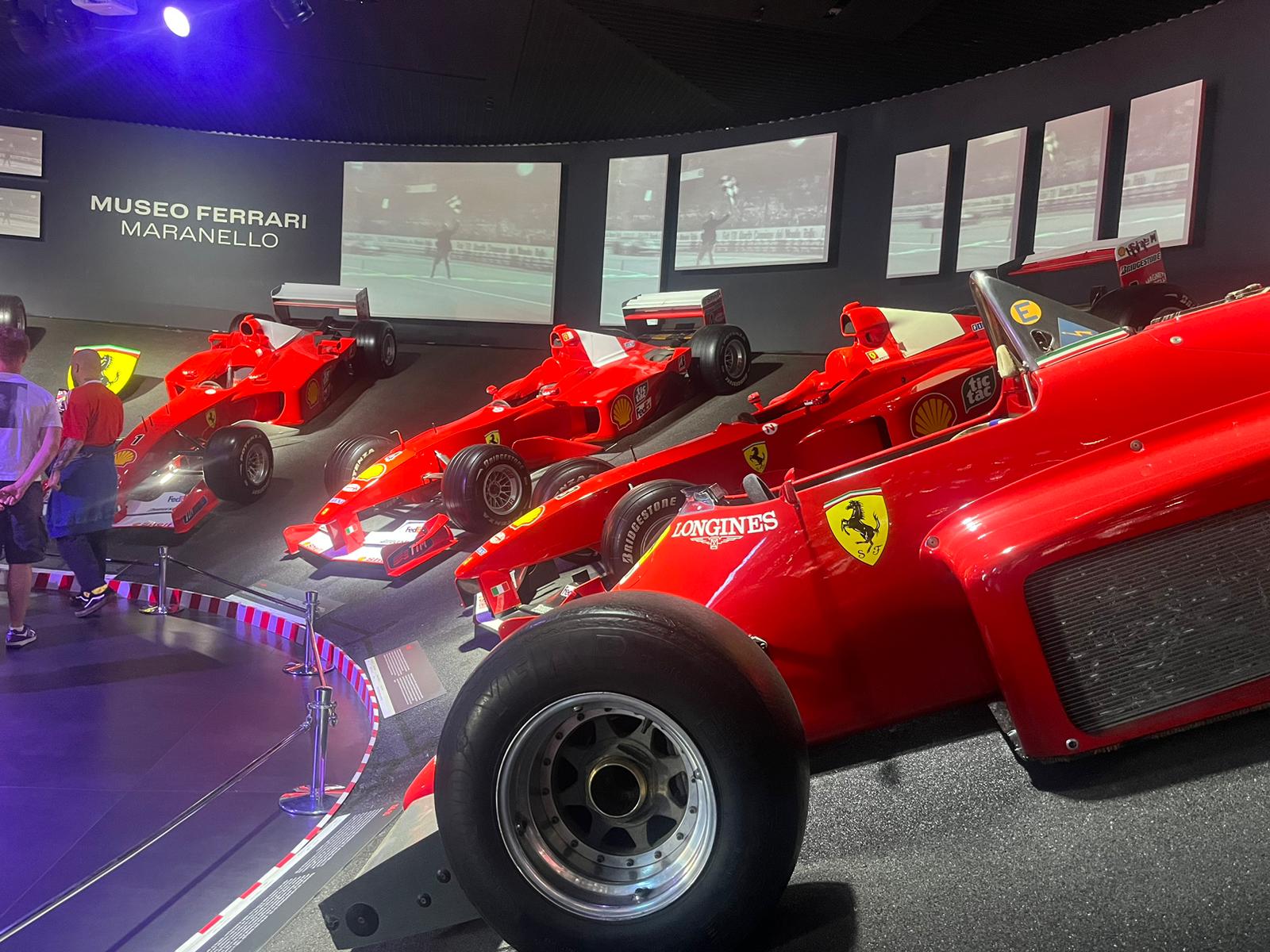
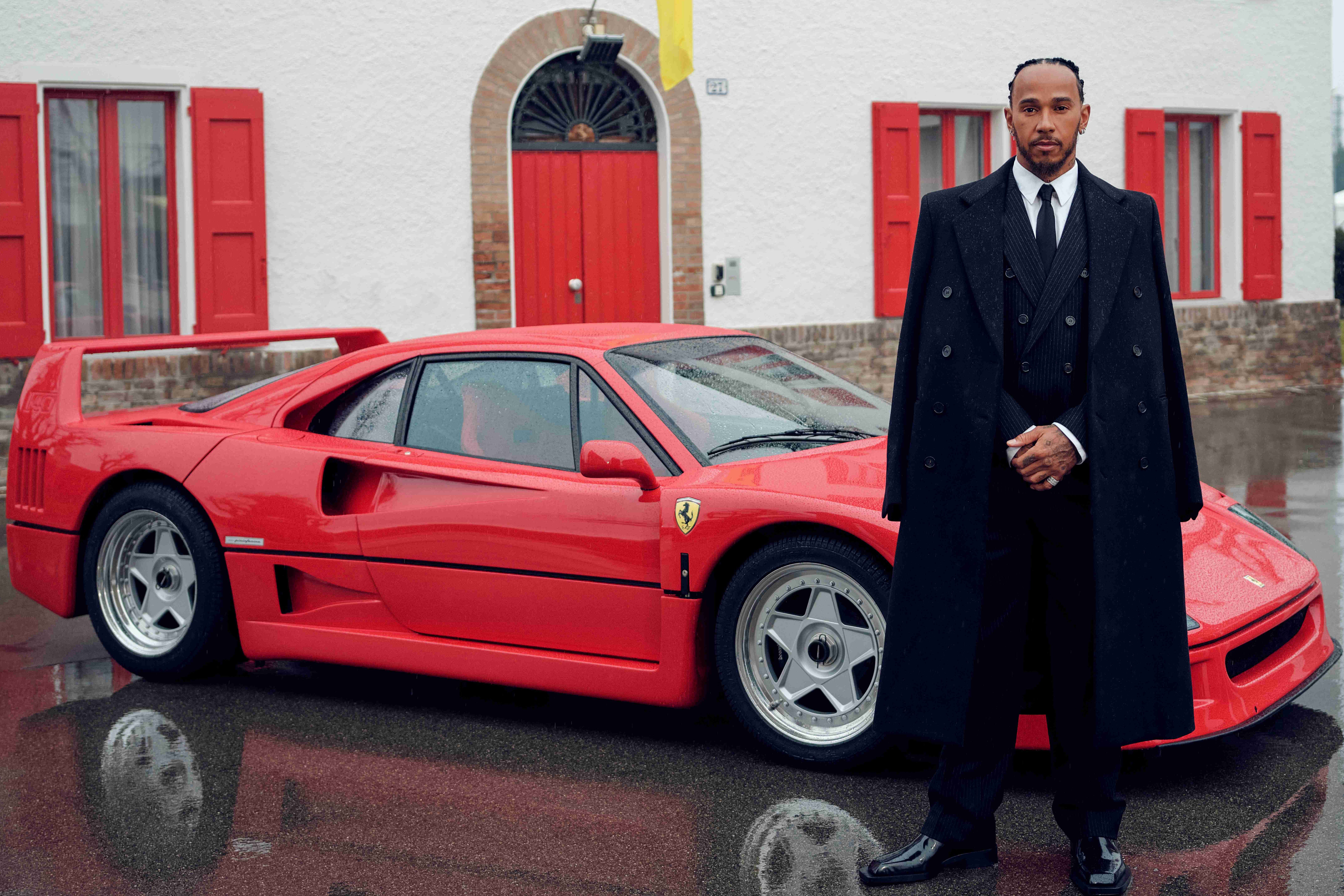
From the museum, where Ferrari’s wait for a 10th different drivers’ F1 champion looms obvious in the title-winning car showroom (all nine champions have a street named after them in Maranello), a quick gander up Via Nazionale sees the Church of Saint Balise overlook a roundabout with a five-metre-high steel prancing horse.
The church bell, as per tradition, rings out whenever Ferrari win. That’s now six months and counting.
Heading back down the street, past the secondary school named after Enzo’s son, Alfredo, a quick peek into the factory, where 5,000 workers proudly dash out for lunch in their scarlet red overalls. Behind the curtain amid a peculiar fusion of 80-metre wind tunnels, design hubs, paint shops and e-buildings, no photographs and videos are permitted. Confidentiality is king.
Then it’s on to the 3km Fiorano racetrack, opened in 1972 because Enzo insisted all Ferrari race cars must pass his carefully curated litmus test. This is where Hamilton took to the Ferrari cockpit for the first time on a chilly winter’s morning in January. Today, it is bathed in sunshine and empty, save for a couple of supercar sessions for partners.
Final stop: across the Via Giardini bridge to the famous Ristorante Montana, just a few yards from the circuit. A favourite haunt of Schumacher’s – with Cristiano Ronaldo, Penelope Cruz and Erling Haaland among the famous names to have also visited – Hamilton was present the night before his Fiorano outing in January, tucking into a vegetarian ragu from owner Rossella Giannini and her family.
It is a must-visit for any Ferrari driver – and indicative of the close-knit ethos of the town.
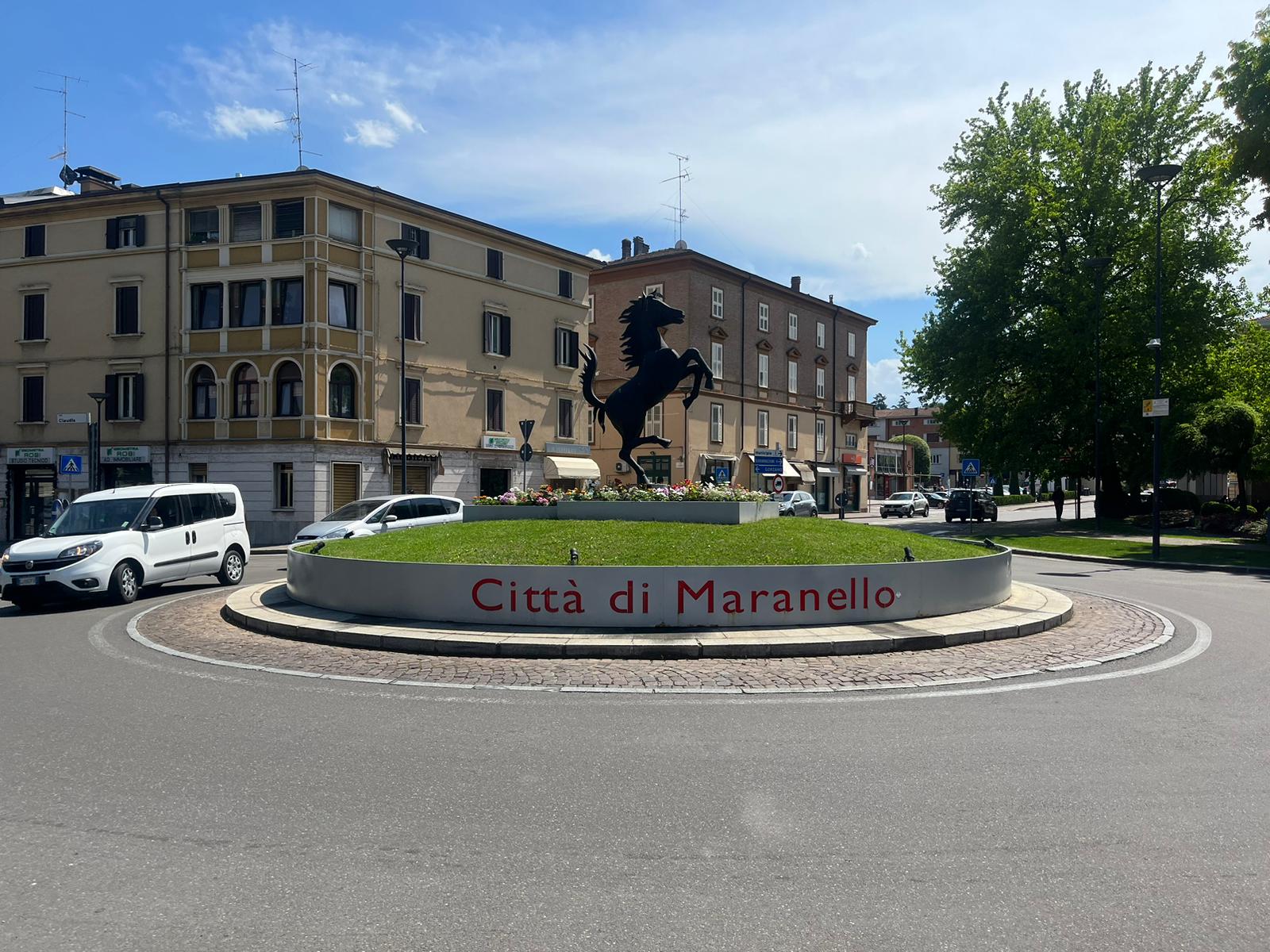
.jpeg)
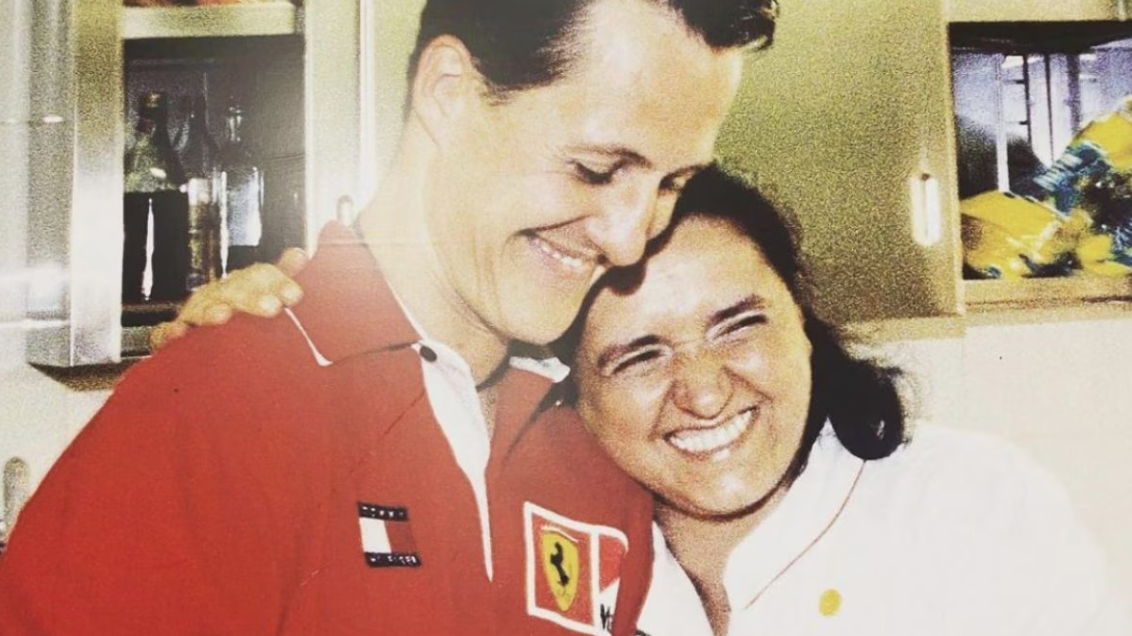
“I was desperate to integrate into the local community,” says British engineer Rob Smedley, who worked a decade for Ferrari from 2004 to 2013.
“My kids grew up in Maranello and, even now, some of the best friendships I’ve ever made throughout my life still exist within that area. It has that aura, that magic. Ferrari holds such a special place in my heart.”
But for all the Italian romanticism and mystique, Ferrari remain in a rut where it matters: on the racetrack. Hamilton arrived in the off-season with dreams of a record-breaking eighth world championship, insisting before the season-opener in Australia that this was “definitely the most exciting period of my life”.
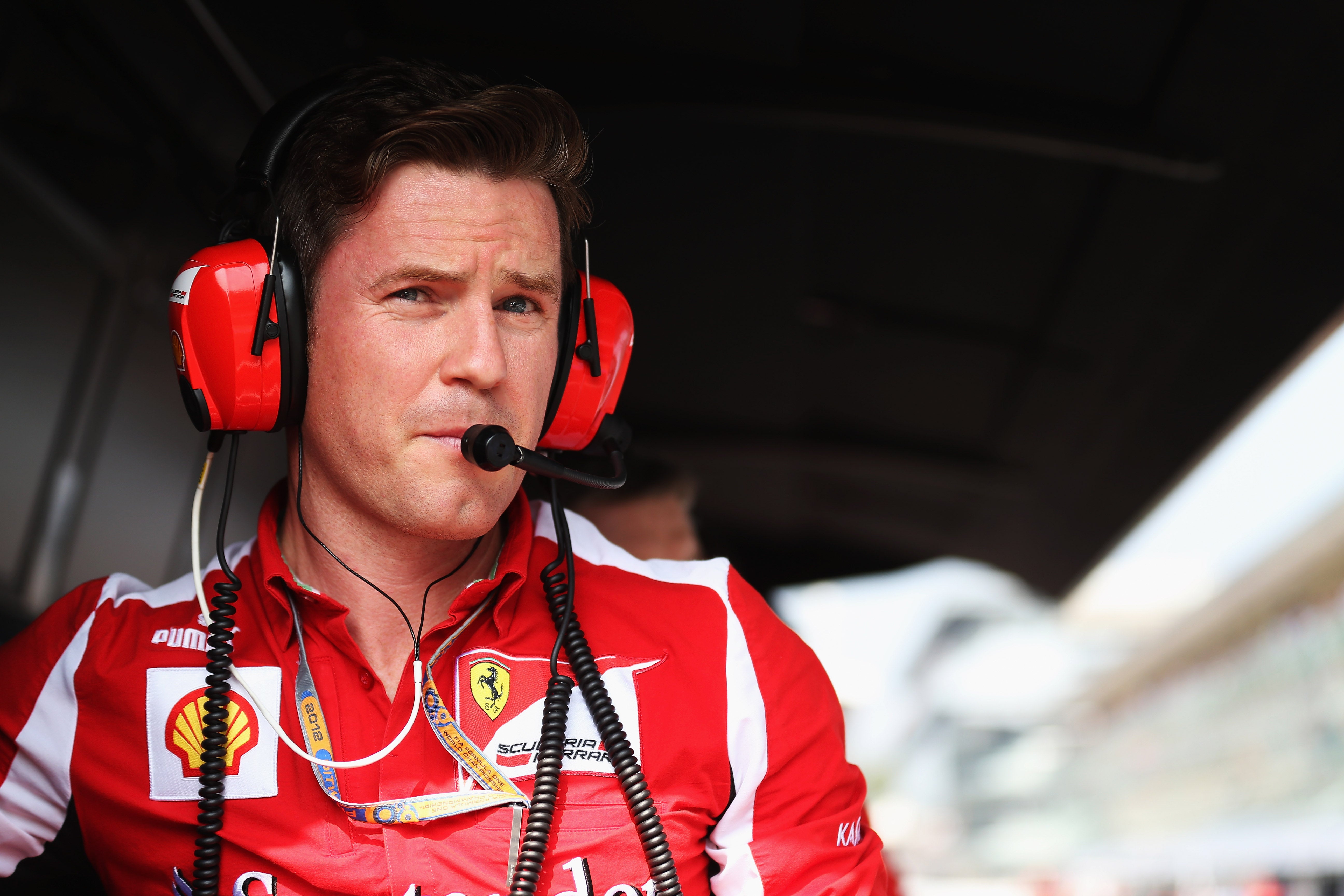
Yet just six races in, the Briton is seventh in the standings. He already trails leader Oscar Piastri by 90 points. And with most bookmakers, he is already at 100/1 to win the 2025 title.
Ferrari’s F1 world champions
- Alberto Ascari (1952, 1953)
- Juan Manuel Fangio (1956)
- Mike Hawthorn (1958)
- Phil Hill (1961)
- John Surtees (1964)
- Niki Lauda (1975, 1977)
- Jody Scheckter (1979)
- Michael Schumacher (2000-2004)
- Kimi Raikkonen (2007)
It is a damning indictment of Ferrari’s current predicament, but the issues extend way before Hamilton’s arrival, and even that of Leclerc’s first season in 2019.
Mercedes had their period of domination in the hybrid-era 2010s; Red Bull also had their moment, with Sebastian Vettel (2010-2013) and Max Verstappen’s (2021-2024) couple of four-peats. Now, the papaya of McLaren – Ferrari’s great rivals in the 1980s, 1990s and 2000s – have stolen a march on the sinking Scuderia.
With the likes of James Vowles-inspired Williams and Adrian Newey-designed Aston Martin eyeing great things with new engine and chassis regulations next year, who’s next? Where do Ferrari fit into the conversation?

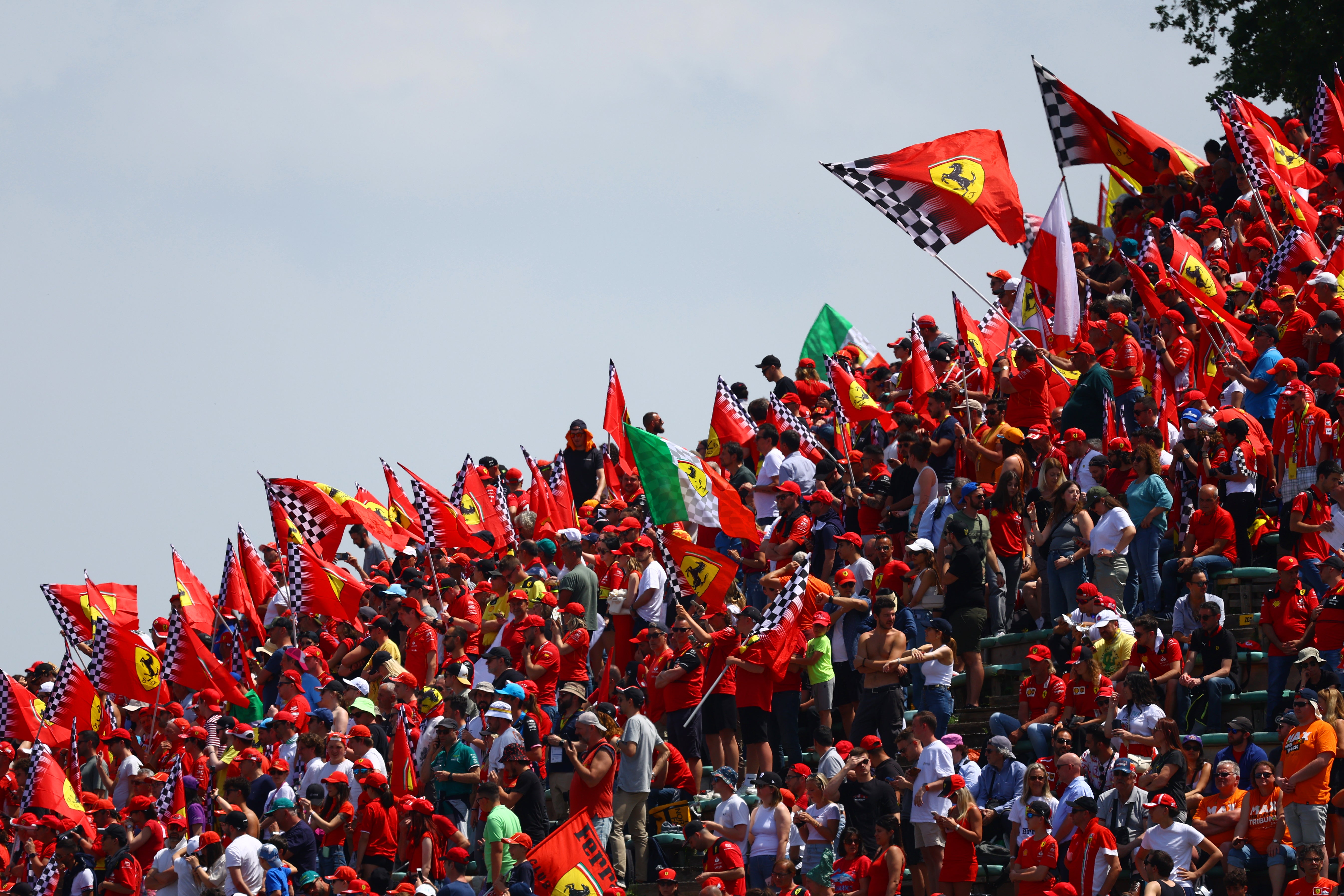
Imola this weekend, which is likely to be the last grand prix at this old-school circuit, represents an unavoidable hit-or-miss moment for team principal Fred Vasseur and Ferrari’s entire season. Most teams will bring a raft of upgrades as the European season begins and the Scuderia are no different, with their incongruous SF-25 car in desperate need of enhancement. The likelihood is, however, that McLaren will still be the clear frontrunners.
Yet after a fraught last race in Miami – exhibiting another Ferrari masterclass in rambling radio communication – a return to familiar surroundings may be just what the team needs. Hamilton was present at the racing department in Maranello on Wednesday, signing autographs for patient fans waiting outside.
But the tifosi, the name given to Ferrari’s legion of fans for their fanatical support, can only do so much as they flock to the hills surrounding the Imola circuit this weekend. In these ends, the glory of years gone by loom large at every turn, but Hamilton’s start has doubtless been rocky. It will be to Ferrari’s immense benefit if his relentless pursuit of excellence can be complemented by the machinery beneath him, too. Only then will competing for grand prix wins – which is, let’s be frank, what it’s all about – be a regular possibility.
As Enzo Ferrari famously stated: “The most important victory is the one which has to arrive.”

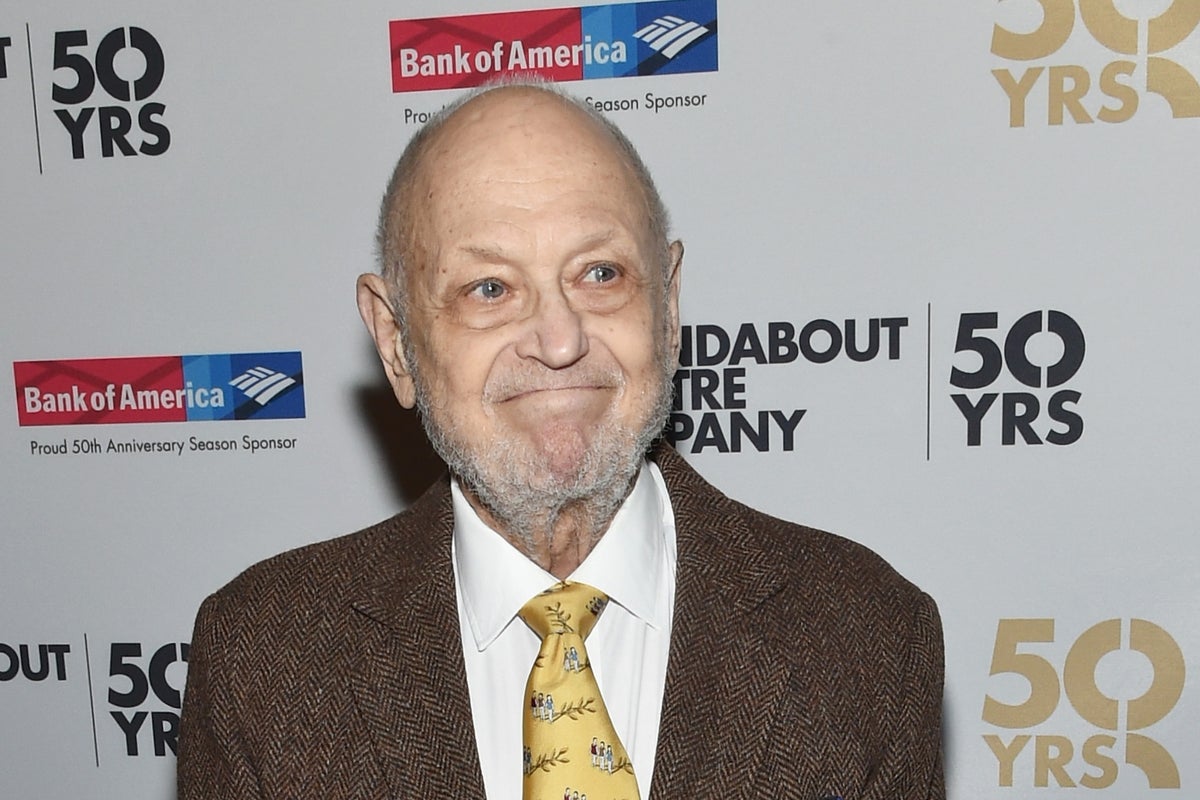







 English (US) ·
English (US) ·